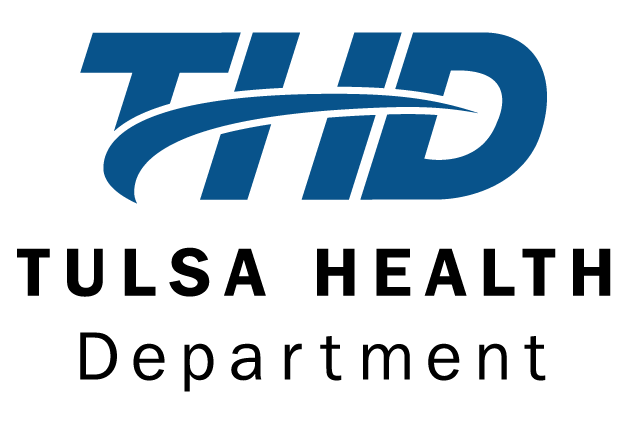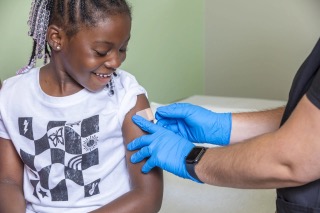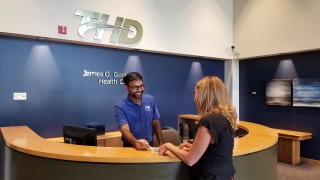TULSA, OK – [September 18, 2013, 9:30 a.m. CST] – The Oklahoma State Department of Health and Tulsa Health Department today released an interim status report on results of their public health investigation of the W. Scott Harrington dental surgical practice.
On March 28, public health officials announced they were notifying current and former patients of the practice that they may have been exposed to blood-borne viruses at Harrington’s Tulsa and Owasso offices. Health officials recommended these patients have their blood drawn for testing for hepatitis B, hepatitis C and HIV infection at free screening clinics established at the Tulsa Health Department, Oklahoma City-County Health Department and other county health departments in the state. The free screening clinics were available through June 28.
In total, the Oklahoma Public Health Laboratory completed testing for 4,202 persons. Eighty-nine patients tested positive for hepatitis C, 5 for hepatitis B, and 4 for HIV. An unknown number of persons also sought testing through their private health care provider.
Findings of the epidemiological investigation of former patients testing positive for hepatitis C indicate that one event of patient-to-patient transmission of hepatitis C virus occurred in the practice. Genetic-based testing of patient specimens by the Centers for Disease Control and Prevention (CDC) provided laboratory confirmation of this finding.
“This is the first documented report of patient-to-patient transmission of hepatitis C virus associated with a dental setting in the United States,” said State Epidemiologist Dr. Kristy Bradley. “While dental procedures are generally safe, this reinforces the importance of adhering to strict infection control procedures in dental settings.”
Based on current Oklahoma disease prevalence data for hepatitis B and C and HIV, health officials recognized some of the screening results would be positive for infection not related to dental procedures at the Harrington practice.
The CDC recommends one-time screening of hepatitis C for all Baby Boomers – persons born between 1945 and 1965 – even if they do not have symptoms of liver disease or feel sick. Among the former dental patients who were screened and newly identified as having hepatitis C, 56 percent were over the age of 50. Early identification and treatment of hepatitis C is important to prevent liver damage, cirrhosis and even liver cancer and can prevent the further spread of disease.
“For every new infection prevented by this public health response, $30,000 to $40,000 will be saved in associated health care costs,” said Tulsa Health Department Director Dr. Bruce Dart. “Infectious disease control is a core function of the public health system, and when transmission of disease is apparent, it is our job to identify the problem and reduce the chance that other people will get sick.”
Public health costs associated with this infectious disease response to date total more than $710,000, including a combination of federal, state and local public health resources. Both the Tulsa Health Department and the Oklahoma State Department of Health indicate they will continue to explore opportunities to recover costs associated with the recommended screening and laboratory testing.
Genetic testing of the HIV specimens for potential connection to the Harrington practice is ongoing at the CDC. “While our investigation documents the transmission of hepatitis C, we have no reason to believe the hepatitis B cases resulted from exposure in this dental practice,” said Bradley.
Test results of the HIV specimens are due over the next several weeks. A final report summarizing the oral healthcare-associated public health investigation and response will be published after all aspects of the investigation have been completed.




